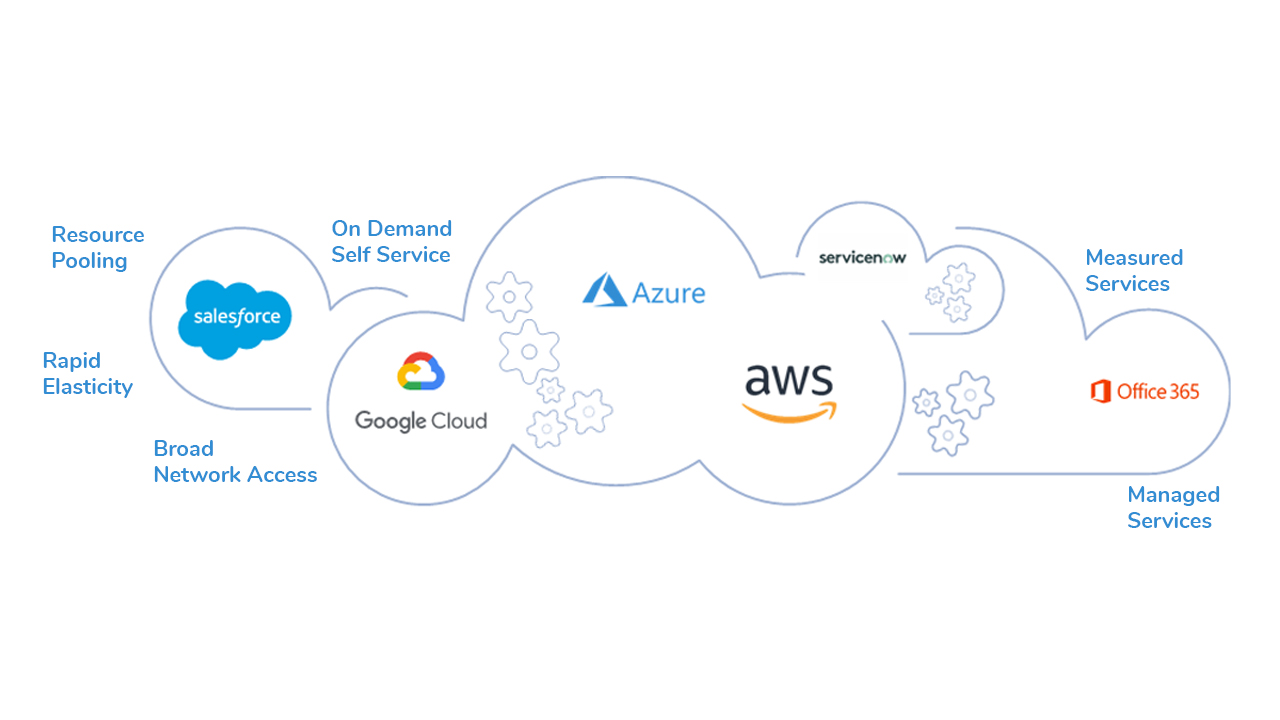Crucial Tips for LinkDaddy Cloud Services: Maximizing Your Universal Cloud Service Technique
Crucial Tips for LinkDaddy Cloud Services: Maximizing Your Universal Cloud Service Technique
Blog Article
Simplify Your Framework With Cloud Provider
As organizations browse the ever-evolving landscape of modern technology and information administration, the function of cloud solutions in simplifying framework has come to be progressively prominent. The attraction of streamlined processes, enhanced performance, and enhanced source allotment via cloud remedies is undeniable. The journey in the direction of a more cost-efficient and active IT infrastructure includes even more than simply moving to the cloud. It needs a tactical method and a deep understanding of the nuances of cloud adoption. So, just how can companies effectively navigate this shift and absolutely unlock the potential of cloud solutions for simplifying their facilities?
Benefits of Cloud Solutions
Cloud services provide a structured technique to handling IT facilities, offering services with scalability, cost-efficiency, and adaptability. Among the crucial benefits of cloud solutions is the scalability they offer. Companies can easily scale their resources up or down based on need, guaranteeing they just spend for what they utilize. This versatility is specifically helpful for businesses with rising and fall demands or those experiencing development.
In addition, cloud services remove the requirement for businesses to buy costly software and hardware. This cost-efficiency is a substantial benefit, particularly for small to medium-sized business aiming to lessen upfront expenses. By utilizing cloud solutions, organizations can access high-grade IT sources without the substantial price related to conventional framework configurations.
Furthermore, cloud services offer businesses with the flexibility to access their information and applications from anywhere with a net connection. This level of access boosts collaboration among groups, makes it possible for remote job, and increases overall performance. The adaptability offered by cloud services empowers companies to adjust promptly to transforming market problems and customer demands.
Expense Financial Savings and Scalability
Along with the operational advantages highlighted earlier, the integration of cloud services right into a firm's framework produces substantial cost financial savings and enhanced scalability. Cloud solutions supply a pay-as-you-go version, permitting businesses to scale resources up or down based upon existing requirements, therefore staying clear of the expenses connected with preserving excess capability. This versatility enables companies to adjust swiftly to rising and fall needs without incurring unneeded expenditures.
In addition, cloud solutions get rid of the requirement for upfront financial investments in equipment and software program, lowering funding expenses. Operating costs are additionally lessened as companies no much longer need to handle and maintain physical web servers, resulting in reduced energy consumption and IT staffing prices. Furthermore, cloud solutions supply automatic updates and upkeep, making sure that the infrastructure continues to be protected and current without calling for manual interventions.
Boosted Safety And Security Measures
Implementing stringent safety and security procedures is vital when integrating cloud services right into a firm's framework to ensure and safeguard delicate data compliance with market policies. Cloud service providers supply improved safety features such as data encryption, firewall defense, and multi-factor authentication to alleviate cybersecurity dangers.
Moreover, regular safety and security audits and compliance analyses assist guarantee and recognize vulnerabilities adherence to sector standards. Companies can also profit from features like automatic protection updates and real-time danger surveillance offered by cloud company. By prioritizing security measures and staying aggressive in addressing potential risks, services can with confidence utilize cloud solutions while shielding their important data from unauthorized access or breaches.
Transitioning to Cloud Facilities
To efficiently integrate cloud solutions right into a firm's infrastructure, an organized approach that addresses the change in the direction of cloud-based solutions is necessary. Transitioning to shadow framework entails cautious preparation and implementation to ensure a smooth migration procedure. The very first step is to assess the existing infrastructure and identify which systems and applications appropriate for migration to the cloud. This examination ought to take into consideration factors such as information level of sensitivity, conformity requirements, and performance requirements.
Once the analysis is full, a movement strategy need to be established. This approach should detail the timeline, resources, and obligations for moving each part to the cloud. It is vital to communicate this strategy clearly to all stakeholders to ensure placement and decrease disruptions during the change.
Throughout the migration process, screening and surveillance are vital to identify and address any problems without delay. Routine checkpoints need to be developed to track progression and make essential modifications. Furthermore, training for employees on making use of cloud services ought to be provided to make sure a successful cloud services press release change and make the most of the benefits of the new facilities.
Best Practices for Cloud Fostering
Successful fostering of cloud services rests on the calculated placement of service objectives with technical capabilities and organizational preparedness. To make certain a smooth transition to the cloud, organizations need to start by conducting a detailed assessment of their present framework and recognizing which work are best matched for cloud movement. It is vital to involve crucial stakeholders from different divisions in the decision-making procedure to acquire buy-in and resolve any concerns early.
An additional best practice for cloud adoption is to prioritize security and compliance. Organizations needs to meticulously evaluate the safety and security procedures supplied by cloud provider and guarantee that their data is shielded according to sector criteria and governing demands. Applying durable information file encryption, gain access to controls, and routine security audits can help alleviate risks connected with cloud fostering.

Verdict

As companies browse the ever-evolving landscape of technology and information management, the function of cloud services in simplifying facilities has ended up being significantly popular - Cloud Services. Exactly how can organizations effectively browse this change and truly unlock the capacity of cloud services for simplifying their framework?
Cloud services provide a streamlined technique to handling IT framework, providing companies with adaptability, scalability, and cost-efficiency. By utilizing cloud services, companies can access top notch IT resources without the large cost tag associated with typical framework configurations.
To guarantee a smooth transition to the cloud, organizations should begin by conducting an extensive assessment of their existing framework and determining which work are best matched for cloud movement.
Report this page